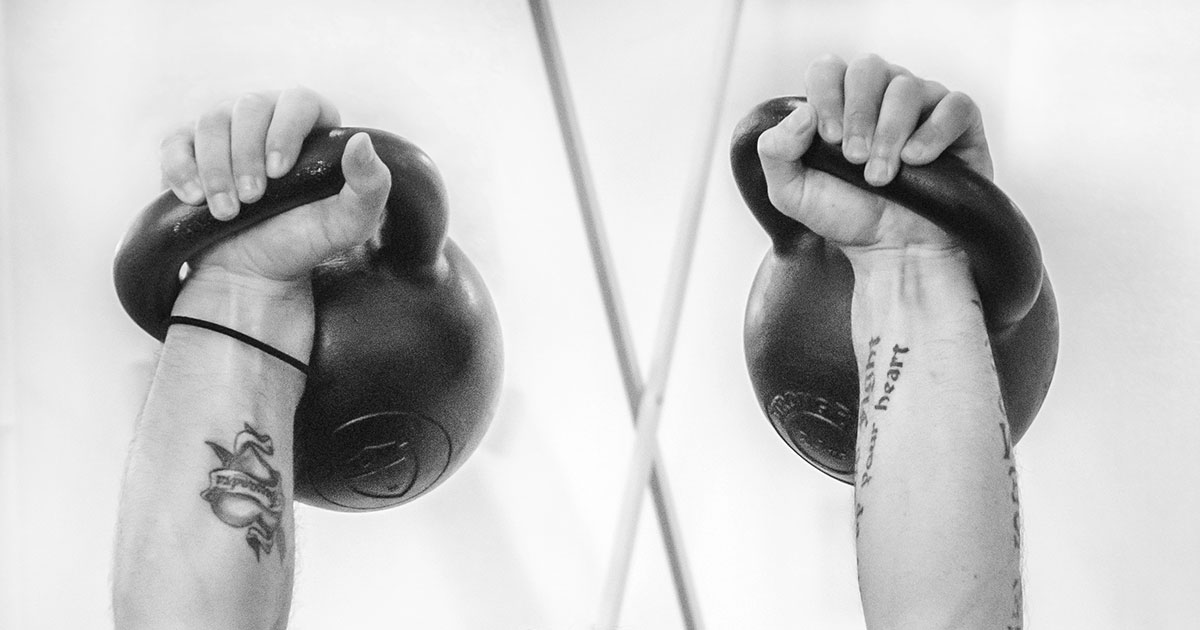Philippe Geoffrion
Level 7 Valued Member
Concur.Force production is paramount. That's why I far prefer cluster sets to long sets. There's really no argument whatsoever for me when it comes to it.
Though I love how it feels to do an AMRAP bench set. I sometimes plan for a triple with my 8RM, and find myself repping more of it just because it feels so good. Then I remember to leave a couple of reps in the tank. I love it when my pecs are so sore and cramp so much I can't wash my armpits. But it's not good for my training, my performance. Fatigue must be minimized, training frequency maximized, performance must always be good.
Kids today are ridiculously strong. And it's happened fast. Whatever they're doing, it's working. They know the way. It's fun to reminisce and consider the lifters of days past, indulge in the nostalgia and the tinted pictures of old, look at their lives and training. But their numbers are being crushed.
When it comes to variety and especially hypertrophy, it is now known that specific exercises lead to specific hypertrophy. It was true in the old days, then not, and now again. The biggest part of the muscle gets the biggest amount of juice from the CNS, and the effect of specific exercises just increases, However, muscle growth quickly plateaus. Now, if we focus on hypertrophy with different exercises, we may make the muscle grow more in different, adjacent areas. They then get more juice, and maybe, just maybe, also help more in the competition lift. But yes, do hypertrophy work with different exercises, such that there's minimal fatigue, and competition lifts for their own sake. But all the variety of the big compounds with big carryover and the competition lifts themselves get you very, very far. I'm happy to just do knee extensions for my quads for more.
It’s also nice, especially if you’re squatting and pulling heavy, to hypertrophy the muscles on exercises that are easier on your spine…or that may kill you if you fail the rep.



